Yunnan Travel Guide Posted by sasha on Mar 21, 2018 in Culture
If you translate Yunnan (云南 – yún nán) directly, you get “South of the Clouds.” Once you visit this province in southwest China, you’ll quickly see where it gets the name. Full of epic mountains that touch the sky, Yunnan really does feel like you’re just south of the clouds. Our last post introduced the province along with its interesting quirks and mouth-watering cuisine. Today I’m going to give you a Yunnan travel guide full of posts and videos from my adventures there.
72 Hours in Kunming
Chances are your Yunnan journey will start in the provincial capital of Kunming (昆明 – kūn míng). Thanks to its moderate climate, it’s known as the Spring City (春城 – chūn chéng). While you may feel the urge to escape the city right away to get out into the mountains, you should stick around and spend at least three days there. I’ve even planned an epic itinerary for you: Part One, Part Two, and Part Three. With three days, you can wander around Green Lake Park, check out the funky bird & flower market, enjoy the city’s raucous nightlife, and much more. I lived in Kunming for a year and it’s easily one of my favorite cities in China.
Dali
Dali (大理 – dà lǐ) is one of the most popular places to visit in not only Yunnan but all of China, and for good reason. Surrounded by the Cang Mountain range on one side and the massive Erhai Lake on the other, the old town of Dali is set in an incredibly scenic place. Although it can get insanely packed here during the summer and major holidays, it’s still possible to avoid the crowds. Base yourself out of the town in a lakeside village, rent some wheels, and do some hiking in the mountains or swimming in the lake. Head into town later in the day when a lot of the packaged tour groups have left, and you can enjoy a wide variety of eating and drinking establishments.
Lijiang
The ancient town of Lijiang (丽江 – lì jiāng) was once an important stop on the Old Tea Horse Road (茶马古道 – chá mǎ gǔ dào), and it’s also up there in terms of the most popular places to visit in China. Given UNESCO World Heritage Status in 1997 as “an exceptional ancient town set in a dramatic landscape,” the town and its surroundings are indeed stunningly beautiful. Wandering around the cobblestone streets of town, you may grow weary of selfie stick-waving tourists and bongo drum sellers. Never fear, as you can escape here just as you did in Dali. Take in the views from the Wangulou Tower, relax around the Blag Dragon Pool, or jump on a bicycle and cruise into the countryside to explore other, far less crowded towns. Lijiang is also home to the Naxi (纳西 – nà xī) ethnic minority group, and their nightly orchestra performances is a great cultural experience.
Tiger Leaping Gorge
For many backpackers, a hike along the Tiger Leaping Gorge (虎跳峡 – hǔ tiào xiá) is the main reason for visiting Yunnan. Dedicating two days to the trip allows you to spend the day climbing high above the rushing Yangtze River (长江 – cháng jiāng) below while you take in the views of the Jade Dragon Snow Mountain (玉龙雪山 – yù lóng xuě shān). There are a few guesthouses along the way, so you can get a room, have a shower, and enjoy dinner and beers with fellow travelers to split up the hike. The second day takes you down to the spot on the river where a tiger supposedly jumped over, hence the name. It’s an epic, incredibly scenic, and very rewarding hike.
Shangri-la
While it may not actually be the paradisiacal town from the novel “Lost Horizons,” the Chinese version of Shangri-la (香格里拉 – xiāng gé lǐ lā) is quite beautiful. Unfortunately, much of the old town was destroyed in an accidental fire a few years ago and is still being rebuilt. You won’t want to spend much time in town anyways, as the surrounding area is what people really come here for. Many come to visit Pudacuo National Park (普达措国家公园 – pǔ dá cuò guó jiā gōng yuán), the first ever in China. As we were at the end of a long backpacking trip, we opted for the much easier and cheaper day by renting bicycles in town and cruising them around Napa Lake.
Shaxi
While many people end their Yunnan journey after those stops, there’s still plenty more to see and do here. One place you can easily add to your itinerary is another ancient town – Shaxi (沙溪 – shā xī). In 2001 the World Monument Fund added Shaxi’s market square to its Watch List of 100 Most Endangered Sites and so the local government began a restoration project with the funds it was given. It’s a peaceful place to spend a few days taking in the sights of the town or just wandering around the countryside. If you’re here on a Friday, don’t miss the bustling market. Minority people trek for hours from their mountain villages to trade with the lowlanders. They trade everything from meats to livestock to fabrics to herbs and vegetables.
Jianshui
Jianshui (建水 – jiàn shuǐ) is located just a 4-hour train ride from the capital and is a great place to visit for a weekend. It’s yet another ancient town, but it’s much less touristy than Lijiang. With a few days here, you can explore the beautiful Zhu Family Gardens, climb the Chaoyang Tower for great views, and head out to the neon-lit Swallows Cave for an interesting afternoon. The cave is home to white-rumped swiftlets who migrate there and build nests in the cave walls. Always on the hunt for something tasty, locals have perfected the art of climbing around the cave in order to collect the nests for their birds nest soup (鸟窝汤 – niǎo wō tāng).
Luoping
If you’re a photographer, you’ll want to make sure to visit the town of Luoping (罗平 – luō píng) in February. This is the time of year when the rapeseed flowers are in full bloom, painting the landscape in a sea of yellow. In addition to taking in the views of the dream-like scenery, you can also visit the beautiful Nine Dragons Waterfall. Luoping is a quick train ride away from Kunming, making it an easy place to add to your Yunnan travel itinerary.
Xishuangbanna
At the very southern end of Yunnan, it’s hard to tell where China ends and Southeast Asia begins. This is especially true in the area known as Xishuangbanna (西双版纳 – xīs huāng bǎn nà). This are is home to the Dai (傣族 – dǎi zú), one of China’s 55 ethnic minority groups. As they’re closely related to Thai people, they also celebrate the New Year from April 13th-15th. Known as the Water Splashing Festival (泼水节 – pō shuǐ jié). On the first day, there are dragon boat races on the mighty Mekong River. On the second day, people visit the massive Buddhist temple in the park and attend parades. Day three is wet and wild with the biggest water fight you’ve ever seen.
That’s just the tip of the iceberg when it comes to traveling in Yunnan. There are so many other amazing places to visit there that I can’t wait to get back. If you’re thinking of moving to China, Kunming is definitely one of your best bets. Not only is it a nice city with a lot to offer, but it gives you the opportunity to explore the province on weekends and holidays. My year there was one of my best in China and I would definitely move back if the opportunity presented itself. If you have any other questions about living or traveling in Yunnan, please leave a comment and let me know!

Build vocabulary, practice pronunciation, and more with Transparent Language Online. Available anytime, anywhere, on any device.



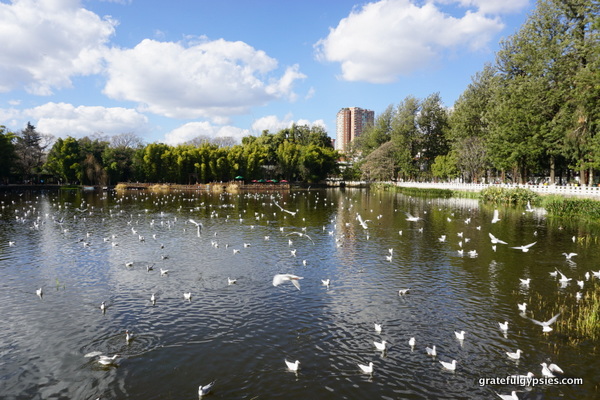
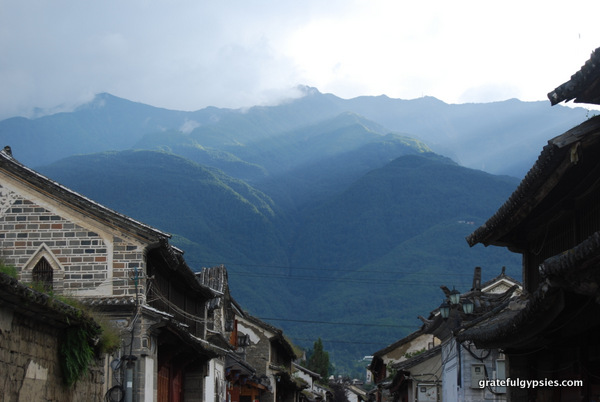

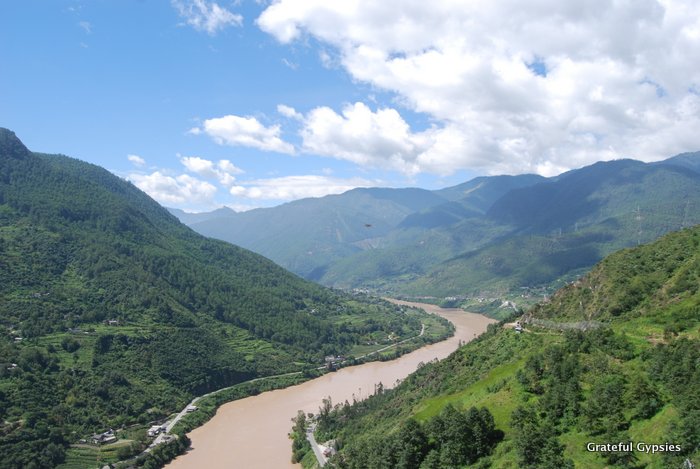
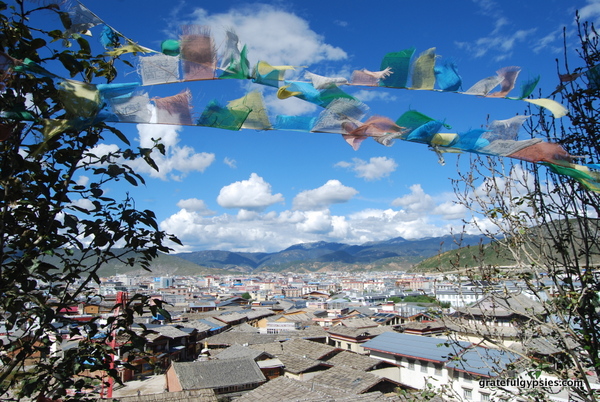

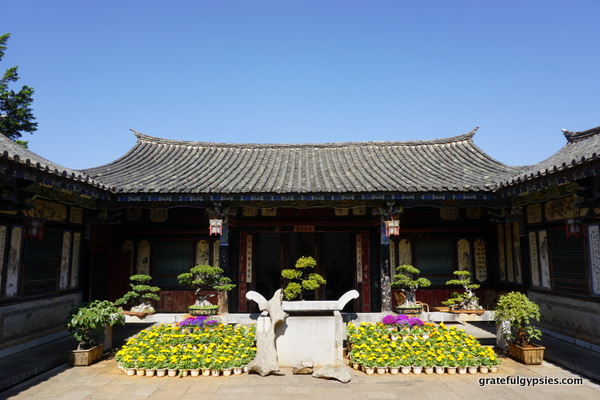
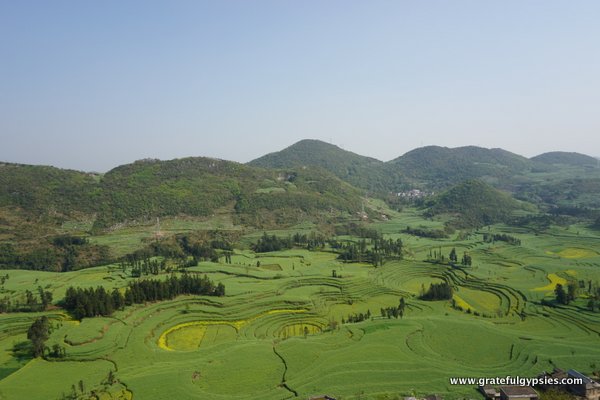


Leave a comment: